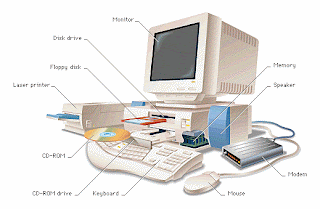org ckap ape yg berlaku de hkmah dya dan allah sdang mnguji ksabaran kita dan allah jga mnguji sbb dya sygkan kita ?? aku redha je la apa yg id pda dri aku ... blik dri kg blik asrama aku kna pcah msok plak .. ltih sngguh la ... time tuh srabut sngt dgn brang2 bnyk hlang..brang hlang suma brang bru plak tuh ... yg pnting2 plak dya cri.. apa pnya nseb la aku nie... satu kja plak nk kna p bli yg bru... duit lagi.. sja pon aku bli brang nk bg hng curi sial oii ! dh mcm bank ngara dh aku nie nk kna bkalkan duit nk bli brang bru..dgn dmam 3 ari brturut2 plak..serabut!
kalaulah de org yg dpt memahami aku nie alangkah indahnya dnia
nieh...yg serabut tuh pkir nk blik kdah lg la. hihi...jasad aku kat jb,tp jiwa aku??
still kt kdah la..aku plak.lama xjlnkn kgiatan mrempit......hihi
aku bkn la bdk rmpit tp aku ska tntang make up mto je :)
FAHAMKAN FAKTA TUH...
HAHA :)















